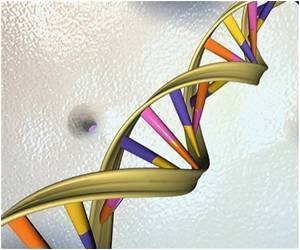
The researchers are now conducting further tests of this new approach in animal models of the disease.
Duchenne muscular dystrophy is a genetic disease affecting one in 3,600 newborn males. The genetic mutation is found on the X chromosome, of which males have only one copy. (Females, with two X chromosomes, presumably have at least one good copy of the gene.)
Patients with Duchenne muscular dystrophy cannot produce the protein known as dystrophin, which is essential in maintaining the structural integrity of muscle fibers. Over time, patients with the disorder suffer gradual muscle deterioration, which leads to paralysis and eventual death, usually by age 25.
"Conventional genetic approaches to treating the disease involve adding normal genes to compensate for the mutated genes," said Charles Gersbach, assistant professor of biomedical engineering at Duke's Pratt School of Engineering and Department of Orthopaedic Surgery and member of Duke's Institute for Genome Sciences and Policy. "However, this can cause other unforeseen problems, or the beneficial effect does not always last very long.
Source-Eurekalert










